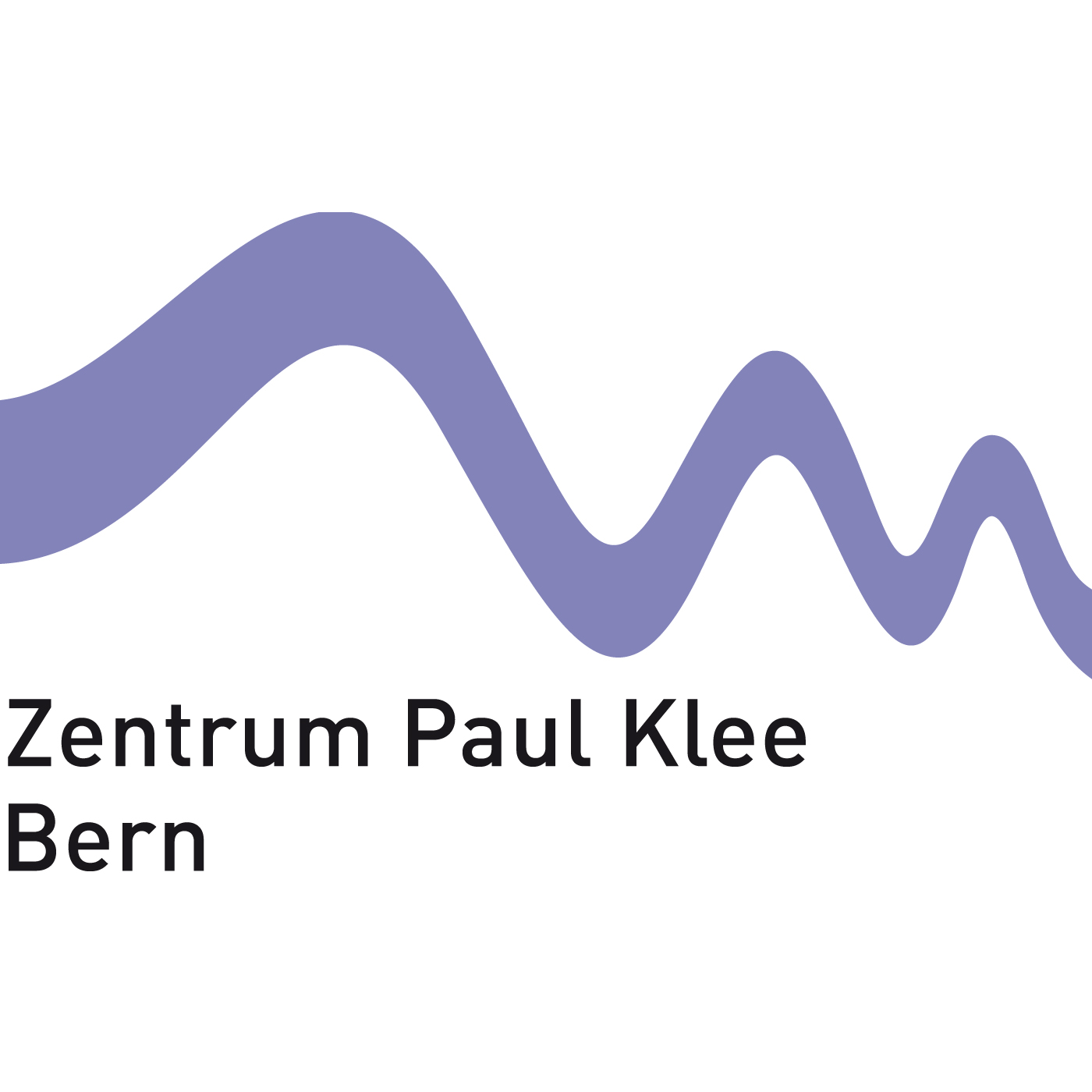Episodes
The oil painting »Bildarchitectur rot gelb blau«, 1923, [Pictorial architecture red, yellow, blue] is one of the »square pictures« that Paul Klee worked on during his time at the Bauhaus in Weimar, and which he systematised in his Dessau Bauhaus period (1927-1930). More than ten years earlier, Klee had composed his first watercolours out of coloured geometric shapes, and he had later transferred the principle into poetic variations. The »square pictures« of the Bauhaus period are among the...
Published 10/13/11
In the summer of 1905, Klee started using a new medium: blackened sheets of glass, which he worked on with a needle. Using the resistance of this unusual medium, he discovered a new form of artistic expression - the scratched drawing. In his diary, he described his discovery thus: »The medium is no longer the black line, it is the white. The light energy on a midnight background fits very well with the expression "let there be light". And so I glide gently over into the new world of tonalities.«
Published 10/13/11
Lady Demon was created in 1935 during a period of artistic helplessness and the search for new means of expression. Klee was caught in a creative crisis due to his exile in Berne, the unhealthy political developments in Germany and above all, also due to the constantly deteriorating state of his health. This work is a typical example of the transition phase to his late style which commenced after 1936. In falling back onto earlier subjects and forms which Klee by enlarging the scale and with...
Published 10/13/11
In »der Graue und die Küste«, 1938, [The grey man and the coast], a line beginning at the top edge swings back and forth, dividing the painting into horizontal segments. The »grey man« appears to observe this course, which the title describes as a coast. We too look down on a landscape of fjords far below us, reading the blue surface as sea, the bow-shaped lines as boats, the horizontal bar with three dots in the middle of the painting as a ship.
Published 10/13/11
During his time as a teacher at the Bauhaus, Paul Klee made an intense study of motion in the static, gravity-bound world and in that of the dynamic. The possibilities of movement open to birds and fish interested him particularly, as did their elements - air and water. Klee called water an »in-between realm«, in which the law of gravity does not apply and freedom of movement becomes possible. Kleeís collected works include more than sixty on the subject of fish, and about the same number of...
Published 10/13/11
Even four years after the end of the war, references to war themes and Paul Klee's experiences are still to be found in his work: For instance the picture "The Dart House". Only the indication of the weapon in the title and the exact depiction of such a bullet, is reminding Paul Klee of the First World War. The picture itself emanates nothing warlike. Apparently Klee was interested in combining the contrasts of movement, statics and gravity. The massive building, constructed of coloured...
Published 10/13/11
But no other subject is so intensely dealt with in the »Inventionen« as the comedian, which comes up in three different versions. All of them show the head of a man in profile, hidden behind a mask. While the faces of the two first versions are recognisable as self-portraits, the third image focuses on a more fundamental reflection by Klee on his existence as an artist. Here, the discrepancy in the earlier pictures between what the artist is and what he does gives way to a duality of artistic...
Published 10/13/11
The picture "Park near Lu" lives from a strong contrast between the black symbols showing the trees, branches and paths of a park, and then the surrounding colour zones like colourful foliage. It seems to have been a specific landscape which inspired Paul Klee to paint this picture. Klee's wife Lily travelled several times in the late 1930's to Lucerne for health reasons and she spent time in a sanatorium. Paul Klee had visited her there, when his own physical condition permitted and strolled...
Published 10/13/11
Klee explored the subject of weightlessness in paintings with a three-dimensional construction that appear to drift in space. They are based on precise constructive principles, yet are frequently irrational in their spatial logic. In »Schwebendes«, 1930, [Hovering], the corners of the overlapping four-sided figures are only partly »rational«, that is, linked by two corresponding corners. Other links are »irrational«, or randomly created. This gives an impression of a three-dimensional...
Published 10/13/11
It was clear to Renzo Piano from the very outset that Klee had too much depth as an artist to ever be contained within an ordinary building. Renzo Piano felt that the Centre planned should be dedicated to the work of a "poet of stillness", so Piano's ideas revolved around an essentially tranquil type of museum. But Renzo Piano also drew inspiration from the identity of the location, the gently rolling profile of the terrain itself, for the vision of the structure he wanted to create. The fact...
Published 10/13/11
Paul Klee's »Zwei Männer, einander in höherer Stellung vermutend, begegnen sich«, 1903,[Two men meet, each believing the other to be of higher rank] is part of a group of works known as the »Inventionen« [Inventions], eleven etchings from the years 1903 to 1905, whose meticulous technique and detailed, relief-like composition is reminiscent of drawings by the Old Masters. In his diary, Klee described the »Inventionen« as »opus I« and called them the first fully valid examples of his...
Published 10/13/11


